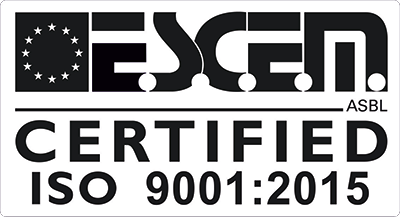speaking objects
Cataloguing their buildings according to formal architectural tendencies is simply not possible, and indeed is unimportant to both these architects. They are far more concerned about good architecture, idiosyncratic in the best sense of the word, that is to say the kind of building that is both sensitive and decisive, artistic and deliberate, ultimately an architecture that can transform adversities into virtues and difficulties into characteristics. Their buildings do not attempt to implement an already formulated concept, do not pursue an ideology but attempt to explore the circumstances of life and the place and to improve them. Building this way creates identity. This, as we know, always arises where something is so characteristic that it has an individual quality of its own. Both architects are highly critical of the non-places produced everywhere by our society. Their goal in building is an old-fashioned one: harmony and beauty. “Beauty is when things begin to speak, when a dialogue is created.” (FV) In her book about HVP architecture critic Amber Sayah puts this as follows: “Vienna remains formative. One notices this in the way their Viennese buildings blend naturally with their surroundings and, in contrast, how exotic they seem in Luxembourg.” In comparison to earlier days their buildings are now more reduced; they are still strongly sculpturally shaped volumes but are now sliced open, fragmented. The details have lost something of their emphatic quality and have become simpler. Outdoor spaces are, not infrequently, conceived as expanded interior spaces: Outside their buildings HVP also like to use materials generally employed indoors: trellises, screens and planting emphasise the layered quality of their façades.

